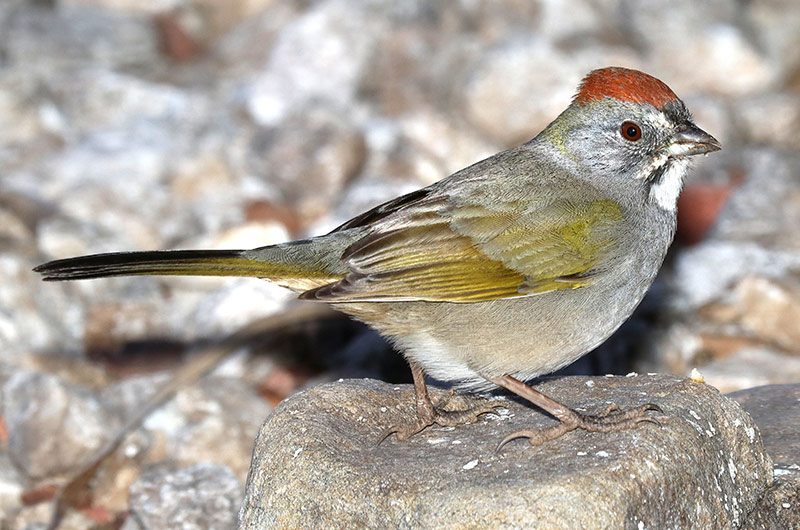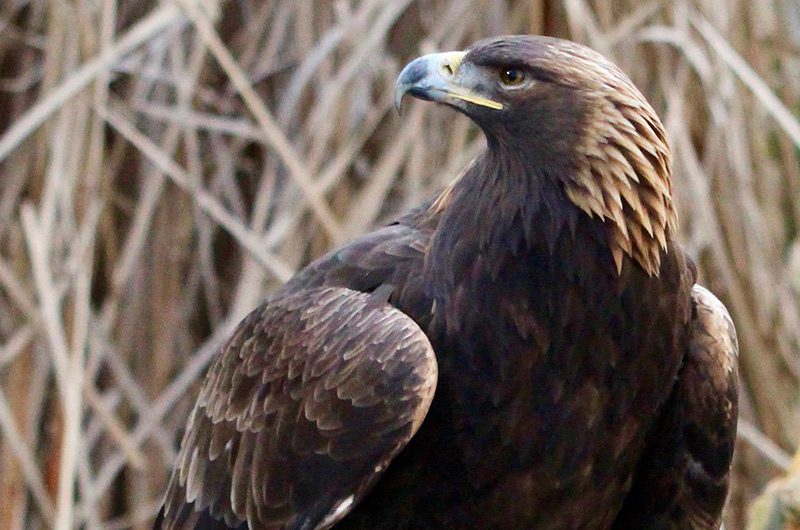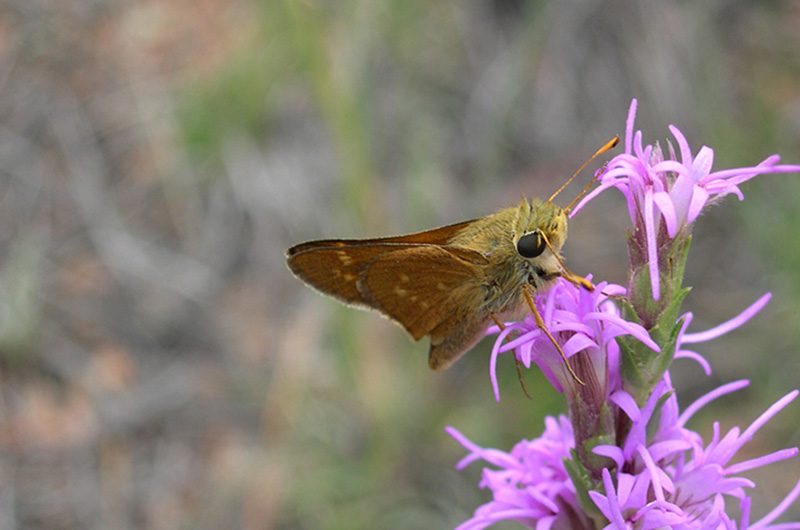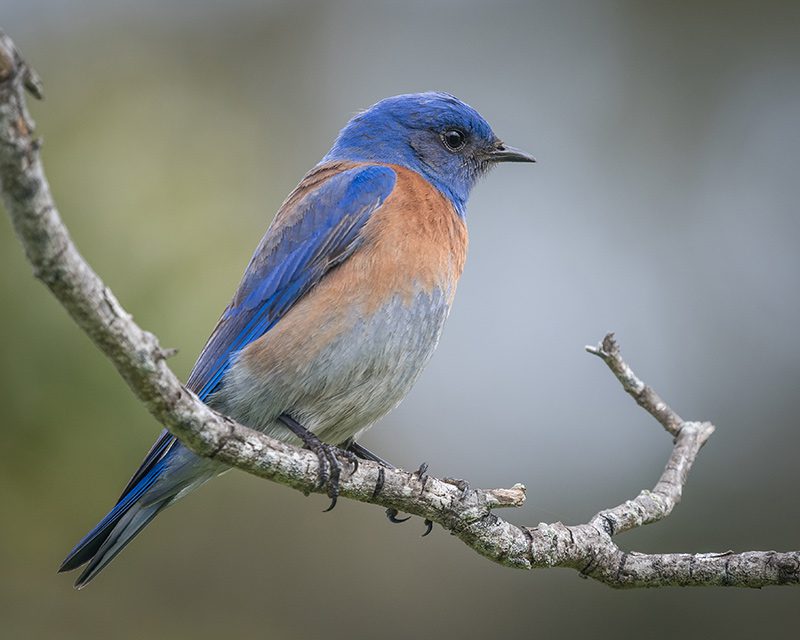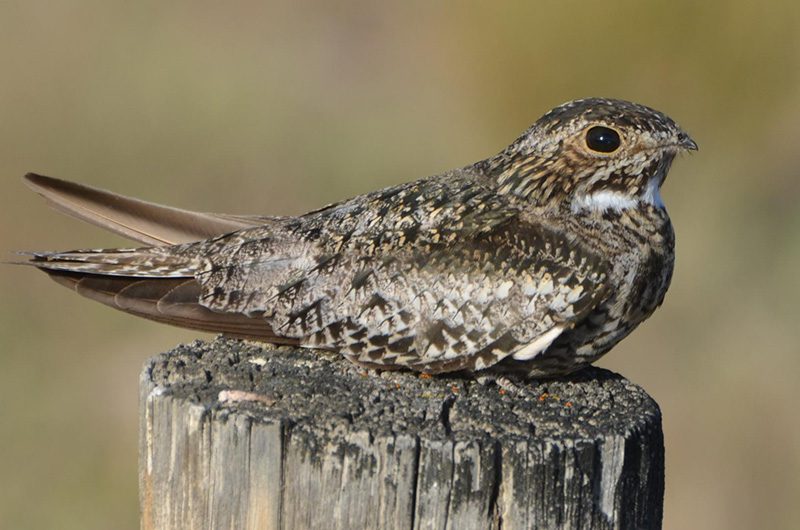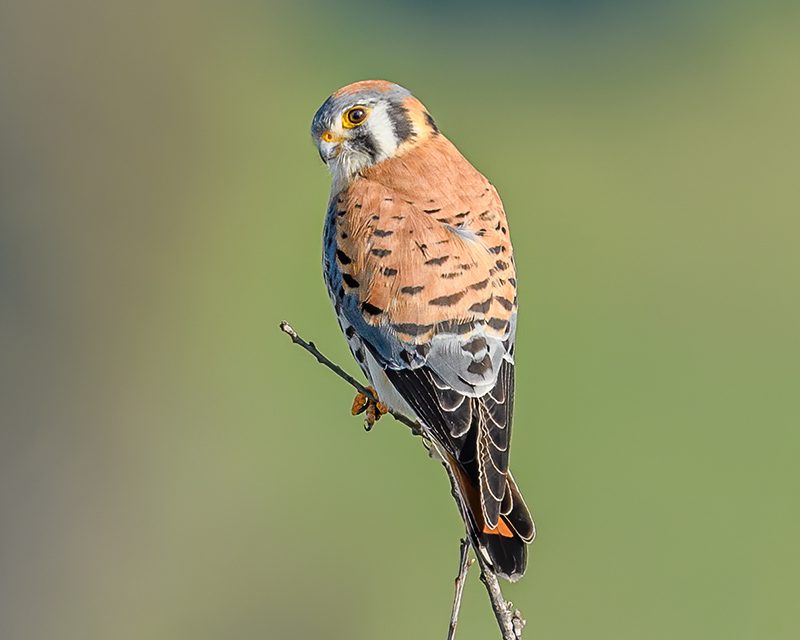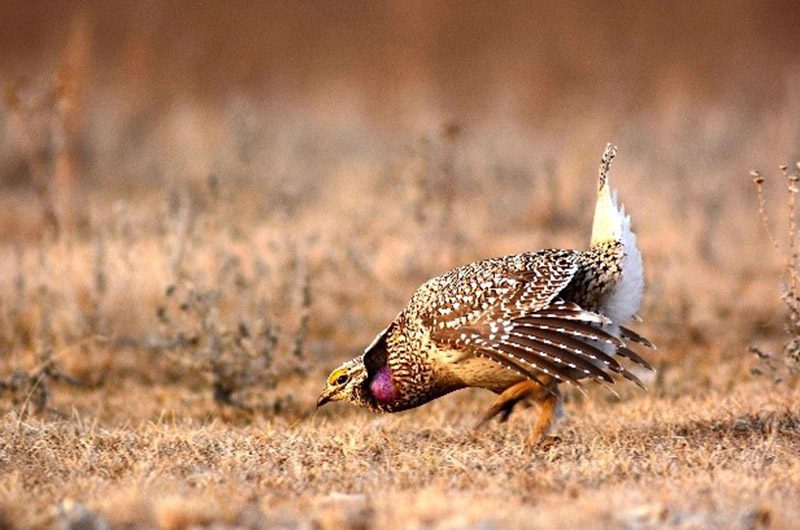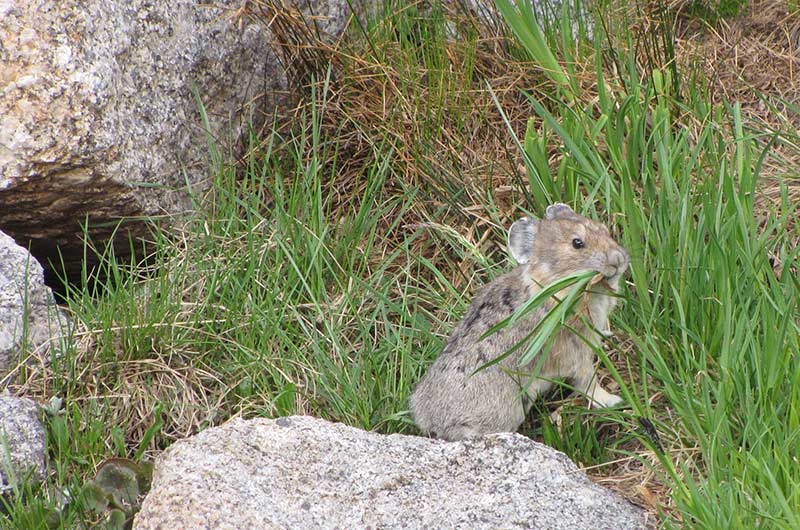LandPKS Learning
Habitat Hub
Factsheets and other helpful resources about the wildlife species living on your land (US only)
- 1
- 2
Green-tailed Towhee
Green-tailed towhee pairs may attempt to renest four times or more during the breeding season if a nest fails. They will initiate a nest as late as mid-July, even though many leave the breeding grounds for their winter range by mid-August.
Read moreGolden Eagle
Although capable of killing large prey, golden eagles primarily hunt rabbits, hares, ground squirrels, and prairie dogs. It takes a juvenile bird four years to reach adulthood, juveniles typically don’t have territories and don’t migrate far from their natal territories (where they hatched). They disperse and ”hang around” the region for several years.
Read moreNorthern Pintail
Pintails are a fast, long-distant migrant. Using satellite-tracking technology, the longest non-stop flight on record was 1,800 mi/2,900 km.
Read morePawnee Montane Skipper
The Pawnee montane skipper habitat has been threatened by the proposed Two Forks dam and reservoir which would have inundated and destroyed 22% of the skipper’s habitat with an estimated loss of 23-42% of the population. Two large recent fires, Buffalo Creek Fire and Hayman Fire affected nearly half of the skipper habitat.
Read moreWestern Bluebird
Although western bluebirds form a monogamous pair during the breeding season, many bluebird nests contain young that the resident male did not father. A pair of western bluebirds may also have helpers at the nest, who are thought to be assisting their supposed parents after their nests have failed.
Read moreCommon Nighthawk
Male common nighthawks are known for their dramatic “booming” flight display. When flying above the trees, a male will dive towards the ground and abruptly pull out of the dive, sometimes just above the ground. As he flexes his wings downward, the air rushes across his wingtips, making a booming or whooshing sound. The male may dive to impress a female or scare intruders, such as people.
Read moreAmerican Kestrel
Kestrels hide surplus prey in grass clumps, tree roots, bushes, fence posts, tree limbs, and cavities, to save the food for lean times or to hide it from thieves. In winter in many southern parts of the range, female and males use different habitats. Females use the typical open habitat, and males use areas with more trees. This situation appears to be the result of the females migrating south first and establishing winter territories, leaving males to the more wooded areas.
Read moreSharp-tailed Grouse
Sharp-tailed grouse were an important source of food for Native Americans, and elements of the birds’ spring breeding display have been incorporated into the traditional dances of some Native American tribes. Some dances, such as the Grouse Dance of the Northern Tutchone people, is still practiced to this day.
Read moreAmerican Pika
American pika are very sensitive to temperatures and can die if exposed for brief periods to temperatures greater than 77.9o F/ 25.5o C. They rely on a moderate snowpack to insulate them from extreme cold. Pikas have high energetic demands as they do not hibernate. Therefore they are considered an indicator species for climate change especially temperature extremes and changes in snow.
Read moreScissor-tailed Flycatcher
During the breeding season, scissor-tailed flycatchers live on their own or with a mate. However, before migrating south for the winter, scissor-tailed flycatchers often gather in large groups to rest (or roost). These flocks may contain a hundred or even a thousand individuals. The birds will also gather in large flocks on their wintering grounds, but they leave the flock to feed on their own or in pairs. They very rarely feed within the large flock.
Read more- 1
- 2
Mobile App | Data Portal | Knowledge Hub | Habitat Hub | Learning Collections | Blog | About | Contact | Support

